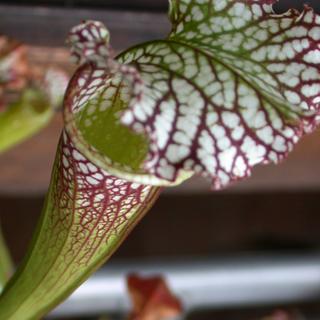Gardening as a Contact Sport
Gardening is surprisingly hazardous work. It seems peaceful enough at first glance. When you think of your mother or your aunt out in her garden, you imagine a woman in a wide straw hat and a flowery apron, laying just-cut roses into a wicker trug or encouraging her clematis to follow the line of the trellis. But gardening is messy and, dare I say it, even violent, and that goes for beginners and experienced gardeners who should know better. In the last year, I have done the following to myself in the garden:
- Pulled so hard on a thorny weed that it popped loose and flew, full force, into my eye.
- Walked right onto the tines of a rake, causing the handle to smack me in the head
- Hit my finger so hard with a hammer that it raised a blood blister I was afraid to even look at for a week
- Dropped a bag of potting soil into the path and promptly tripped over it, spraining my ankle.
And that doesn’t count the splinters, bug bites, sunburns, unexplained bruises and sore muscles in places where I didn’t even know I had places—all of which surface when I sink into the bath, moaning, at the end of the day.
You’ll notice that all of these wounds are self-inflicted, even the bug bites, which I bring upon myself by not wearing the right gear and not checking for spiders before I reach into some dense undergrowth where I can’t see anything. You’d think that after all these years, I could find a way to get through a day in the garden without hurting myself, but instead I’ve just accepted that gardening is a ruthless, brutal sport. Gardening isn’t pretty. It’s dirty. It leaves scars.The problem is that this form of hazardous gardening can have the unintended consequence of keeping you out of the garden. I have injured myself so badly that I’ve had to stay out the vegetable beds for weeks at a time. In fact, I finally got into the weight room at the gym when I realized that I was simply not strong enough to keep up with my own garden. If I couldn’t haul a thirty-pound sack of manure around, what good was I?
So I’ve gotten better, but I still have a ways to go. There's still lots of heavy lifting left to be done this year: major pruning, chipping and shredding, hauling in more bags of mulch (I'm using the el cheapo special out in the alley--a mix of Ace Hardware's composted wood products and steer manure--to get ready for some bareroot planting), and general tidying up before the rain hits.


































